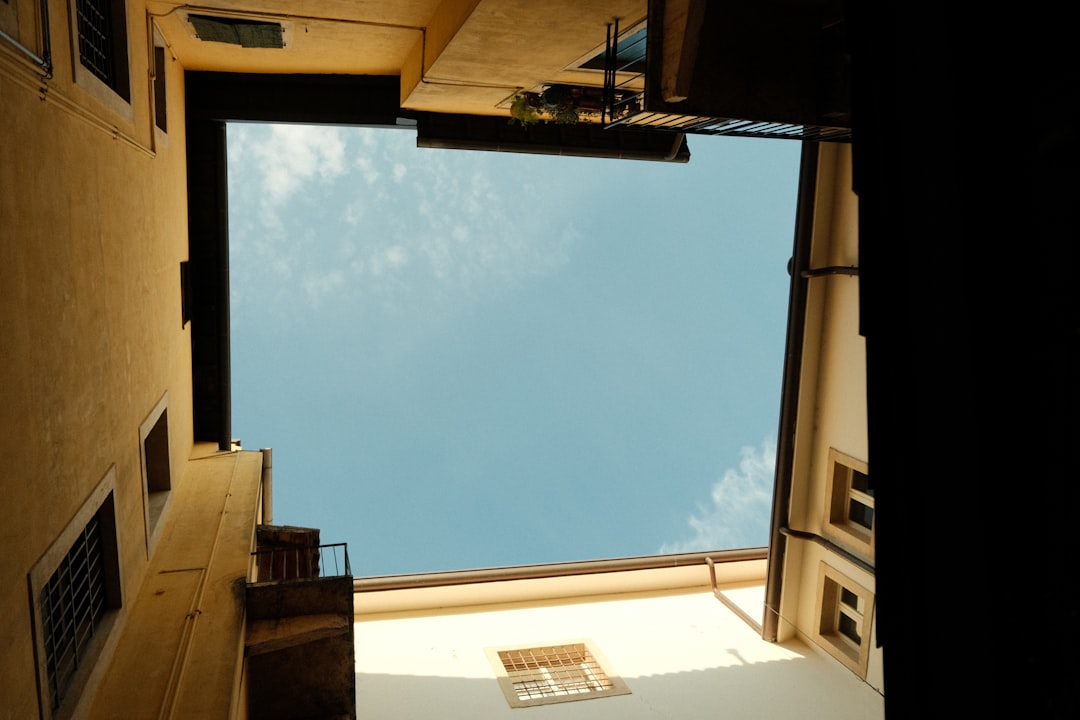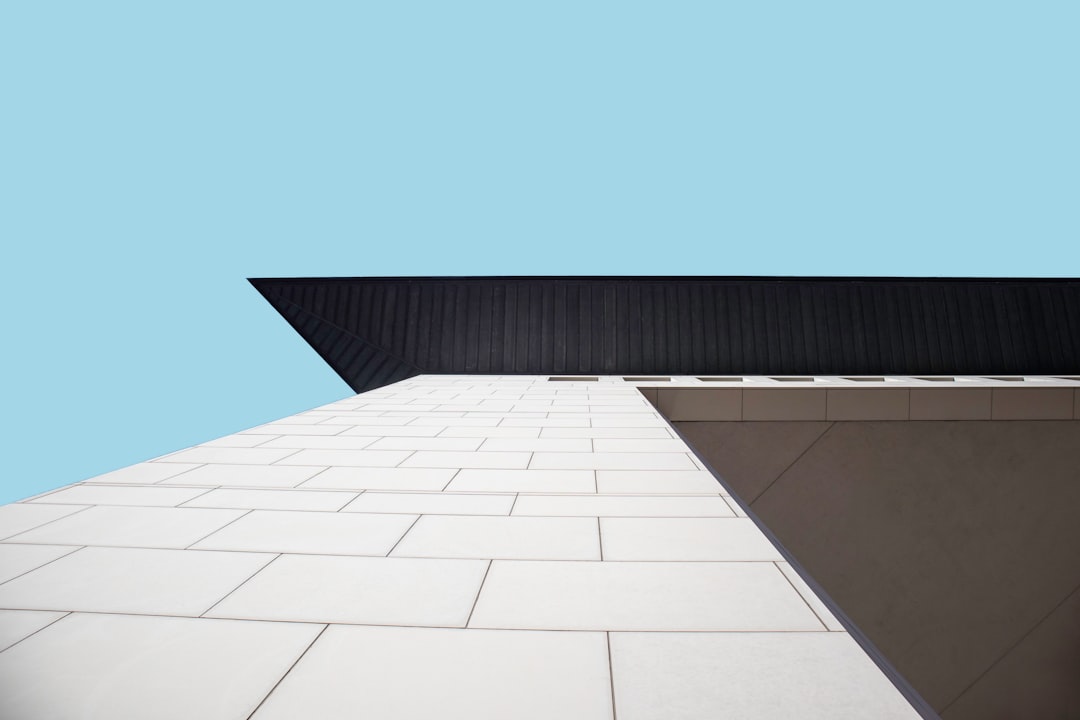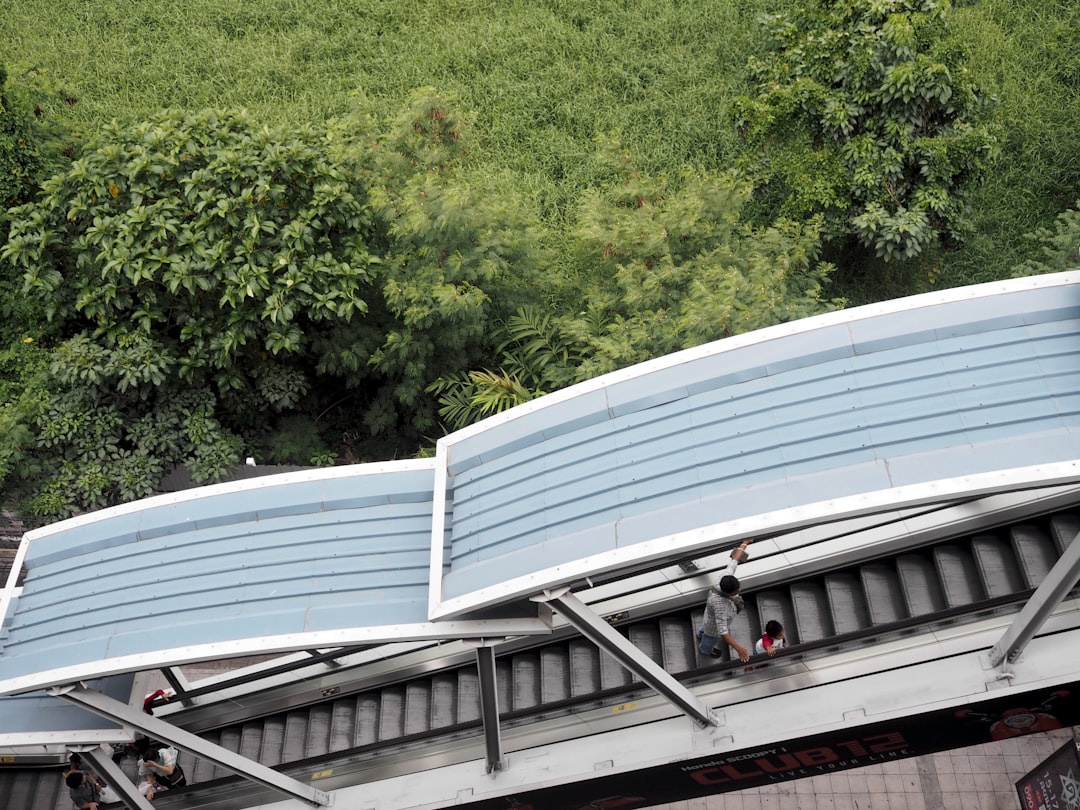Miami-Dade’s unique climate subjects rooftops to relentless challenges, from intense sun exposure to frequent hurricanes. This article uncovers the five most common roofing problems encountered in the region and provides practical solutions for homeowners to protect and prolong the life of their roofs. With a focus on storm damage, heat-related deterioration, mold and algae growth, ventilation issues, and material damage, the guidance presented aims to empower residents to take timely action, avoid costly repairs, and maintain the integrity of their property despite Florida’s demanding weather conditions.
Five Common Roof Problems in Miami-Dade and How to Fix Them
Living in Miami-Dade means your roof faces a relentless barrage of environmental stressors: intense heat, high humidity, powerful storms, and continuous sun exposure. These elements combine to accelerate roof wear and introduce challenges that require vigilant maintenance and quick remediation. Homeowners often face issues such as damaged shingles, leaks, mold growth, and ventilation deficits, which if left unattended, can lead to severe structural damage and expensive repairs. This article explores the key roofing problems Miami-Dade residents face, the science behind each issue, and reliable solutions tailored specifically for local conditions. By understanding these common pitfalls and engaging in proactive roof care, property owners can safeguard their homes, maintain aesthetic appeal, and reduce energy costs. Whether you’re dealing with hurricane damage or persistent algae stains on your tiles, the following insights and advice will equip you with the knowledge needed to protect one of your most valuable investments. Let’s delve into the common roofing issues in Miami-Dade and how to fix them efficiently.

Storm Damage: Impact and Immediate Remedies
Storms are a constant threat in Miami-Dade, with hurricane season bringing amplified risks of serious roof damage. The combination of hurricane-force winds often exceeding 74 mph, heavy rainfalls, and flying debris leads to common problems such as loose or missing shingles, punctured roofing, and widespread leaks. According to NOAA reports, high winds can strip thousands of asphalt shingles, exposing the underlying layers and leading to water infiltration during rain.
Identifying Storm Damage
- Loose or Missing Shingles: Fabric that protects a roof’s surface may be torn off or cracked, revealing the blacktop base beneath.
- Water Leaks: Water intrusion through damaged shingles or flashing causes discoloration and deterioration in ceilings and walls.
- Punctures from Debris: Falling branches and debris during storms often puncture roofing materials, leaving holes that demand prompt restoration.
Ignoring these minor damages after the storm can accelerate roof deterioration, leading to costly repairs. It is recommended to carry out a thorough roof inspection immediately after extreme weather events. Professional services such as those available at TS Painting Pro roof inspections can assess damage severity and create detailed repair plans.
Effective Storm Damage Fixes
- Prompt Replacement of Damaged Shingles: Replacing missing or cracked shingles with high-quality products like CertainTeed or Owens Corning improves weather resistance.
- Roof Sealing and Waterproofing: Applying protective waterproof coatings from brands such as Polyglass limits water penetration and strengthens roofs against future storms.
- Debris Removal and Structural Repairs: Clearing debris and promptly fixing punctures restore the roof’s protective properties and prevent leaks.
| Type of Storm Damage | Indicative Signs | Recommended Fixes | Typical Repair Timeline |
|---|---|---|---|
| Shingle Damage | Missing, lifted, or cracked shingles | Replacement with GAF or Tamko shingles; sealant application | Within 1-2 weeks post-storm |
| Leaks | Water stains on ceilings or walls, dampness | Seal leaks, replace flashing, apply waterproof coatings | Immediate to 3 days |
| Debris Punctures | Visible holes, punctures, structural sagging | Debris removal, patching with Firestone Building Products membranes | 1 week |
Utilizing roofing materials from trusted manufacturers such as JM (Johns Manville) and Atlas Roofing ensures longevity and compliance with regional building codes. The integration of professional inspections and repairs strengthens homes against Florida’s unpredictable hurricane seasons.
Heat and Sun Damage: Slow but Progressive Deterioration
The Miami sun is a double-edged sword: while energizing, it accelerates roof material aging through UV exposure and heat buildup. Roofing surfaces can reach temperatures up to 160°F, causing warping, cracking, and granule loss on shingles, reducing their capability to protect your home efficiently.
Common Effects of Heat on Roofs
- Shingle Deterioration: Overexposure leads to brittleness, cracks, and lifted shingles.
- Color Fading: Persistent UV rays bleach roofing materials, negatively impacting curb appeal.
- Thermal Expansion: Repeated heat cycles cause warping and deformation, weakening roof integrity.
Materials from leading brands like IKO and Atlas Roofing feature enhanced UV-resistant coatings that extend material lifespan. Homeowners frequently overlook the slow progression of heat damage, which may only become obvious when leaks or structural issues occur.
Mitigation Approaches for Heat Damage
- Reflective Roof Coatings: Applying reflective coatings to your roof can reduce surface temperature, significantly slowing material degradation.
- Use of Heat-Tolerant Materials: Installing shingles and tiles designed for Florida climates, such as those produced by Firestone Building Products, can minimize heat-related damage.
- Regular Inspection and Maintenance: Biannual checks help identify early signs of heat damage, enabling prompt repairs before major replacements are required.
Incorporating these solutions maintains roof durability while enhancing energy efficiency by reducing cooling loads, a critical consideration given rising energy costs and Miami-Dade’s climate.
Mold and Algae Growth: The Hidden Threat to Roof Longevity
High humidity combined with shaded areas promotes mold and algae proliferation on roofs throughout Miami-Dade. Algae appears as dark streaks, while moss can trap moisture, accelerating shingle decay and causing calcium wood rot beneath roofing layers.
Recognizing Mold and Algae Issues
- Black Stains and Streaks: Commonly caused by greenish-blue algae, these unsightly marks reduce home aesthetics.
- Moss Growth: Retains moisture leading to tile cracking and increased roof weight.
- Potential Health Risks: Mold spores may affect indoor air quality if penetrated through leaks.
Roofing systems from manufacturers like CertainTeed and JM (Johns Manville) offer algae-resistant materials, although installation and maintenance remain critical for effective prevention.
Preventive and Corrective Measures
- Periodic Roof Cleaning: Removing organic debris and using specialized cleaning agents reduces algae and mold build-up.
- Zinc and Copper Strips: Installing these at the roof ridge prevents algae growth as rainwater carries metal ions down the roof.’
- Proper Roof Ventilation: Adequate airflow limits humidity and keeps roofing materials dry, reducing mold risk.
These approaches not only extend roof life but also maintain property value and curb appeal, vital in the competitive Miami real estate market.

Importance of Proper Roof Ventilation in Miami-Dade
Ventilation plays a pivotal role in ensuring the health and longevity of roofs in tropical climates. Miami-Dade’s combination of heat and humidity poses a risk of trapping moisture and heat inside attic spaces, leading to mold growth and premature shingle deterioration.
Consequences of Poor Ventilation
- Heat Buildup: Excessive attic heat causes shingles to warp and crack, reducing their protective properties.
- Moisture Accumulation: Condensation fosters mold spores and wood rot, threatening structural integrity.
- Increased Energy Costs: Without proper airflow, air conditioners overwork, raising utility bills.
U.S. Department of Energy research indicates proper attic ventilation can reduce cooling costs by up to 10%, a substantial saving in Miami-Dade where air conditioning is heavily utilized.
Effective Ventilation Solutions
- Installation of Ridge and Soffit Vents: These facilitate natural airflow, expelling hot, moist air and preventing stagnation.
- Powered Attic Exhaust Fans: Supplement airflow during peak heat seasons for enhanced cooling.
- Routine Ventilation Inspections: Ensuring vent openings are clear from debris and functioning correctly prevents airflow obstruction.
Brands such as Carlisle SynTec and Firestone Building Products manufacture ventilation components optimized for tropical environments, helping homeowners maintain efficient and healthy roof systems.
Damage to Shingles and Tiles: Causes and Repairs
Roofs constructed with shingles or tiles must withstand Florida’s harsh climate but often suffer from cracking, granule loss, and breakage due to extreme temperature fluctuations and storm impacts. The typical lifespan of shingles decreases significantly in such conditions, with Florida’s climate shaving up to five years off expected durability.
Common Shingle and Tile Damages
- Cracked or Warped Shingles: Caused by thermal expansion and contraction during temperature swings.
- Broken Roof Tiles: Brittle tiles crack due to falling branches or storm debris.
- Granule Loss: Worn shingles lose granules exposing the asphalt layer to further damage.
Cost-effective repairs include spot replacements using premium products like GAF or Tamko shingles, which offer resilience and come backed by strong warranties. Early identification allows targeted patching before full roof replacement becomes necessary.
Best Practices for Repair and Maintenance
- Inspect for Granule Loss Annually: Sweep gutters and check for granules in downspouts, a sign of shingle wear.
- Replace Damaged Tiles Promptly: Use matching tiles from reputable brands to maintain roof consistency and durability.
- Regular Roof Maintenance: Engage professional roofers for biannual maintenance visits to protect your investment.
| Damage Type | Signs to Watch For | Recommended Repair | Materials Recommended |
|---|---|---|---|
| Cracked Shingles | Visible cracks, curling edges | Replace affected shingles | GAF, Owens Corning, Tamko |
| Broken Tiles | Visible cracks, missing pieces | Replace damaged tiles | CertainTeed, Firestone Building Products |
| Granule Loss | Granules found in gutters or downspouts | Shingle replacement | IKO, JM (Johns Manville) |
Practical Tips for Maintaining Your Miami-Dade Roof
- Schedule Biannual Roof Inspections: Utilize services like TS Painting Pro roof maintenance for thorough evaluations.
- Clear Gutters and Remove Debris: Prevent water pooling and material decay by keeping drainage systems clean.
- Trim Overhanging Trees: Protect your roof from branch-related damage during storms.
- Invest in Reflective Coatings: Lower roof temperature and slow material aging.
- Use Algae-Resistant Roofing Products: Combat mold and algae buildup effectively.
Following these actionable practices supports roof longevity and reduces unexpected repair costs.


